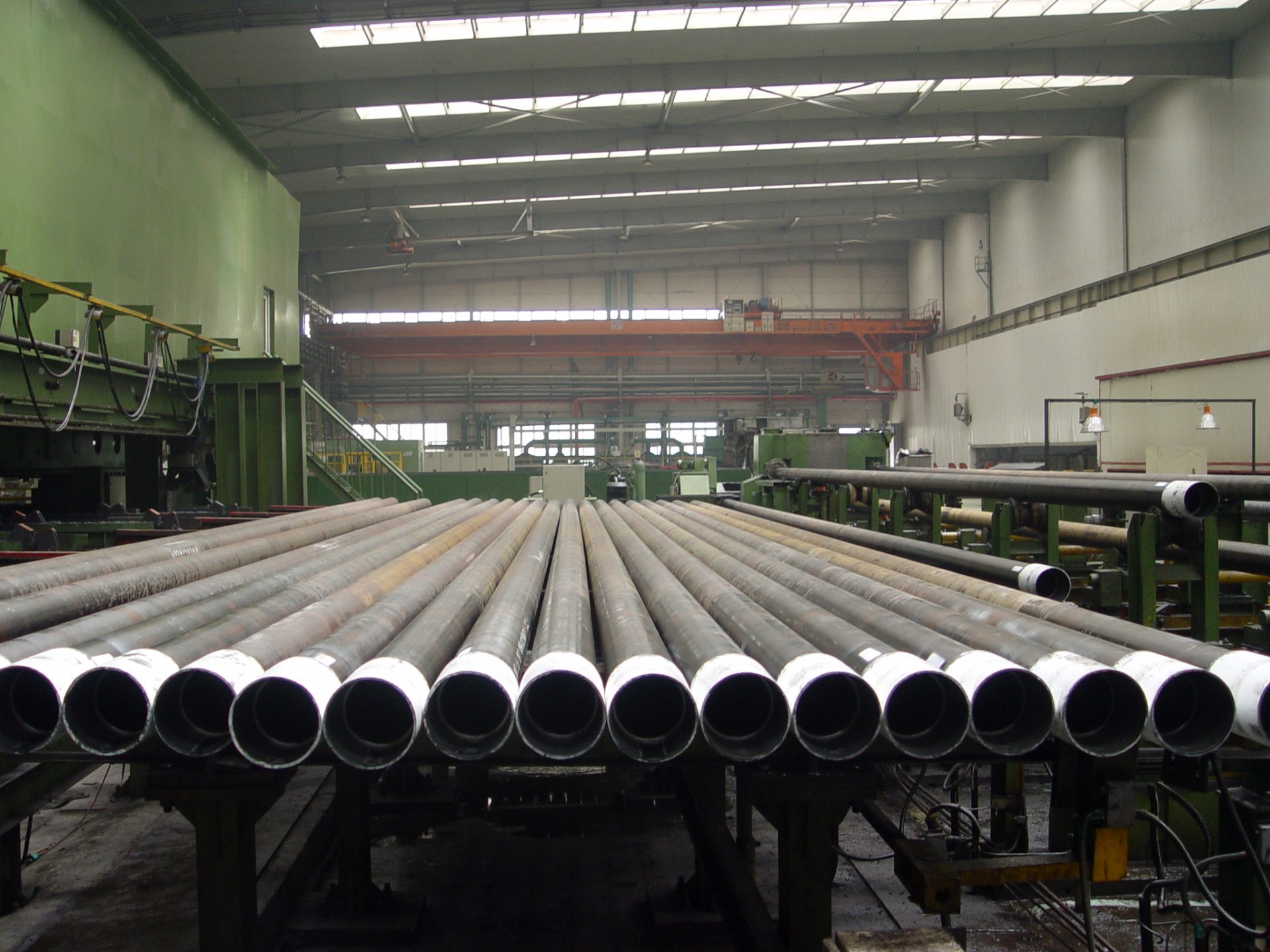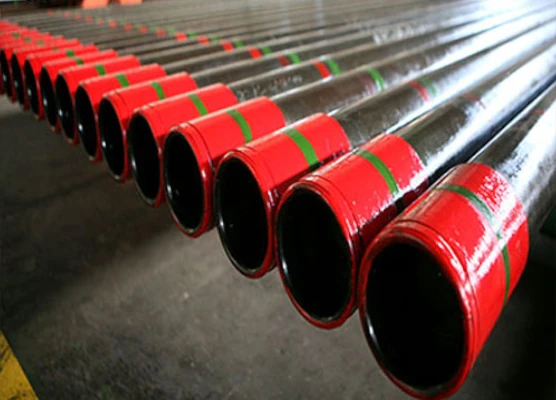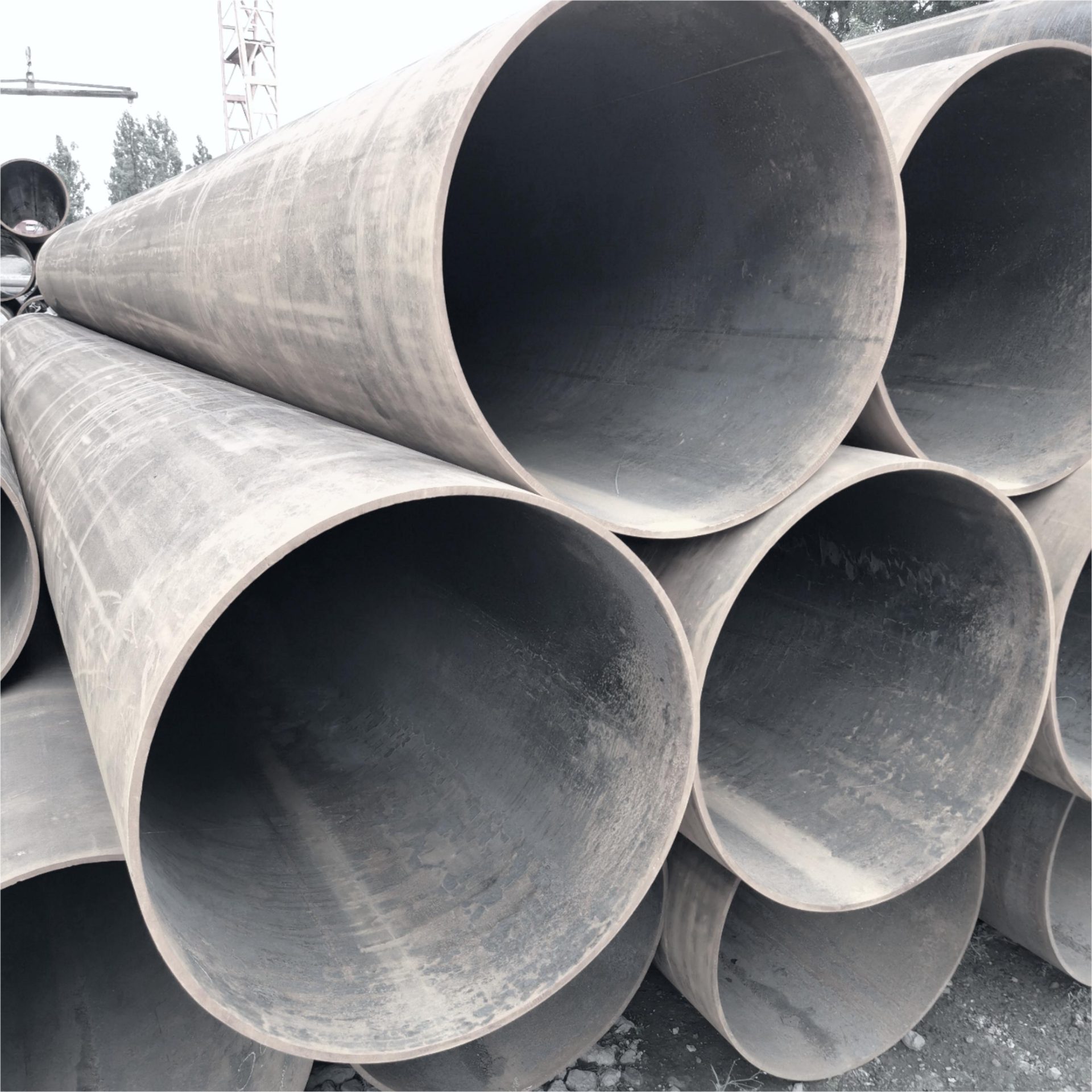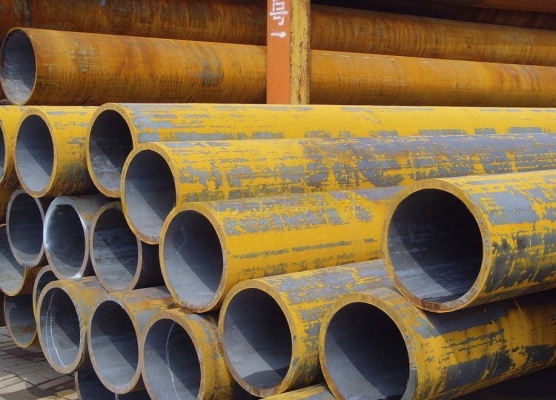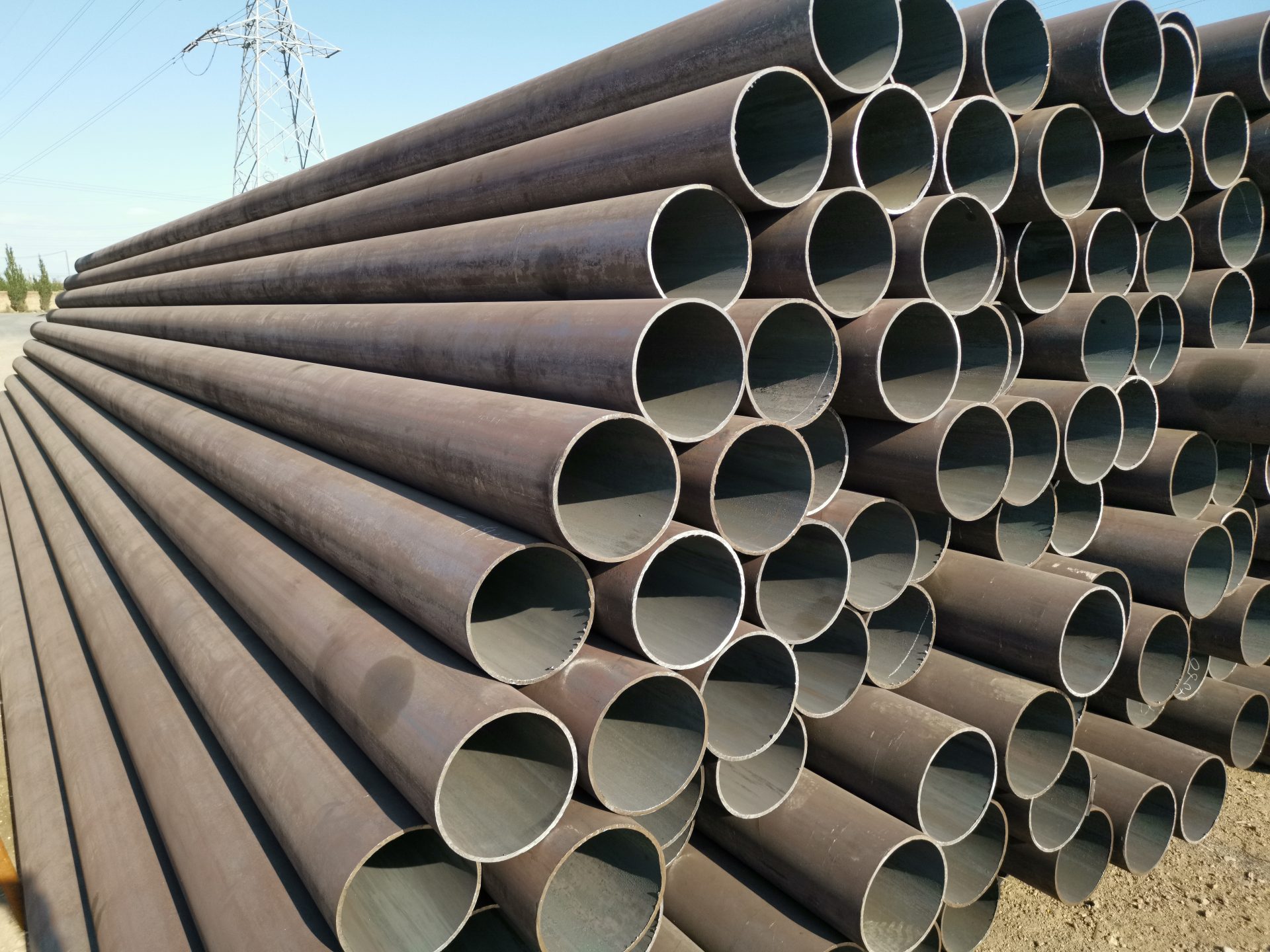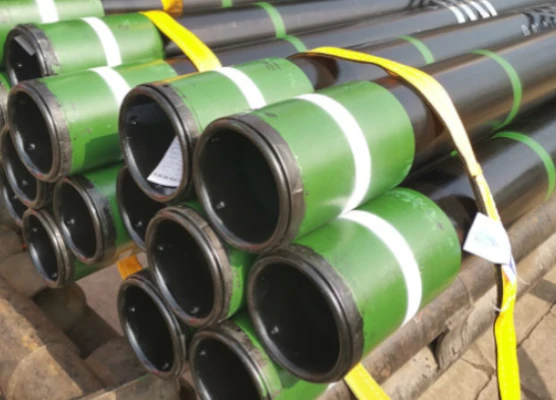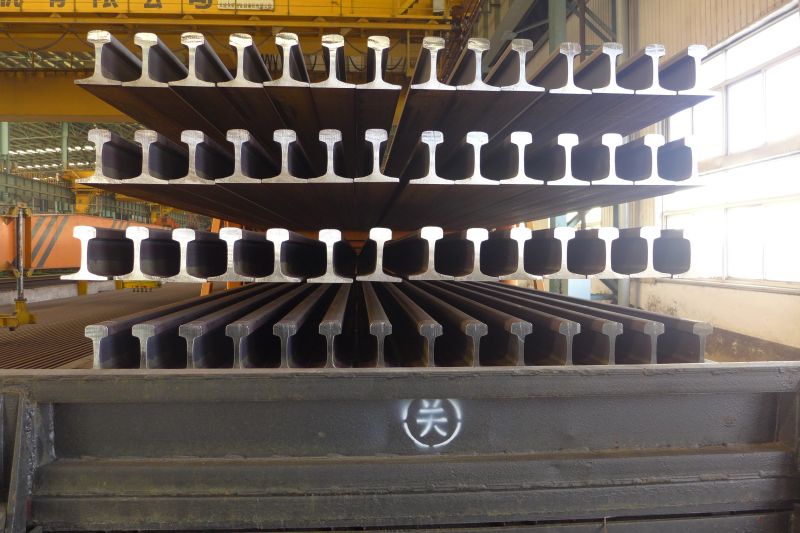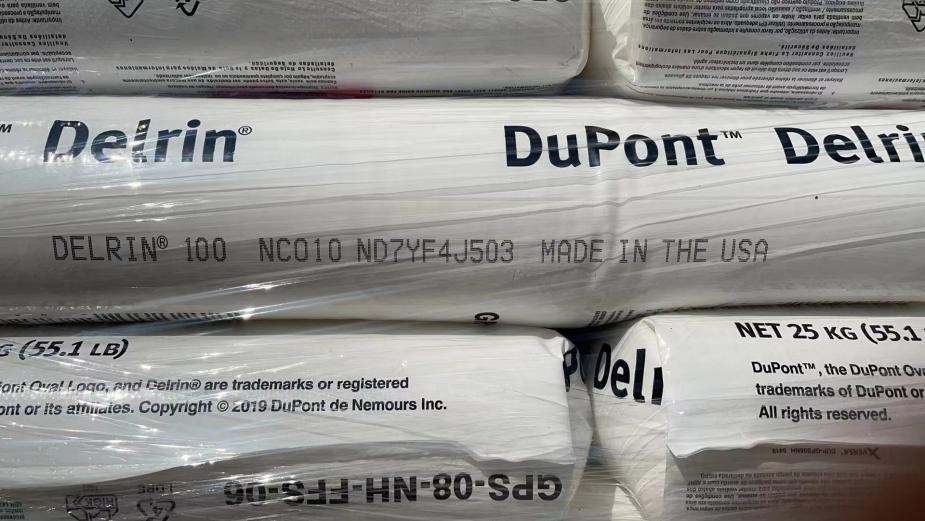Seamless tubes are essential components in high-performance industries such as aerospace, automotive, and chemical processing, where durability, precision, and leak-proof integrity are crucial. Unlike seamed tubes, which are formed by welding rolled steel, seamless tubes are produced from a solid billet, ensuring uniform strength and superior pressure resistance. But what makes their manufacturing process unique? Let’s examine the key steps involved in creating high-quality seamless steel tubes.
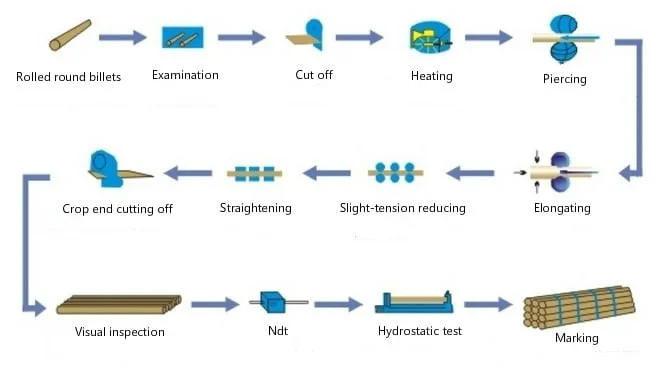
1. Billet Selection & Preparation
– High-quality steel billets are carefully selected and inspected for defects.
– Surface cleaning removes impurities to ensure uniformity before processing.
2. Heating & Piercing
– Billets are heated to optimal forging temperatures in a controlled furnace.
– A piercing mill drills a hollow cavity through the center, forming a rough shell.
3. Rolling & Sizing
– The pierced shell undergoes hot rolling to refine dimensions and wall thickness.
– Mandrel mills or plug mills stretch and shape the pipe to precise specifications.
4. Stretch Reduction & Calibration
– The pipe is elongated and thinned using stretch-reducing mills.
– Rollers adjust outer diameter while maintaining uniform thickness.
5. Cooling & Straightening
– Controlled cooling (air or water) stabilizes the pipe’s microstructure.
– Straightening machines correct bends or distortions for perfect alignment.
6. Cutting to Length
– Automated saws cut pipes into custom sizes based on end-use requirements.
7. Heat Treatment
– Processes like annealing, normalizing, or quenching enhance strength and ductility.
8. Surface Treatment
– Descaling, pickling, or polishing ensures a smooth, corrosion-resistant finish.
9. Quality Assurance & Testing
– Rigorous checks include dimensional accuracy, hydrostatic pressure tests, ultrasonic flaw detection, and mechanical property validation.
10. Packaging & Dispatch
– Pipes are coated, bundled, and labeled for secure shipping to global industries.





